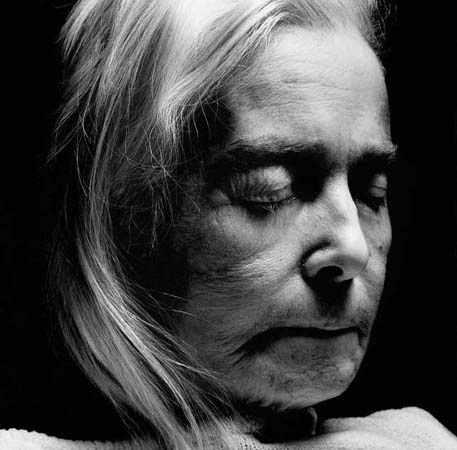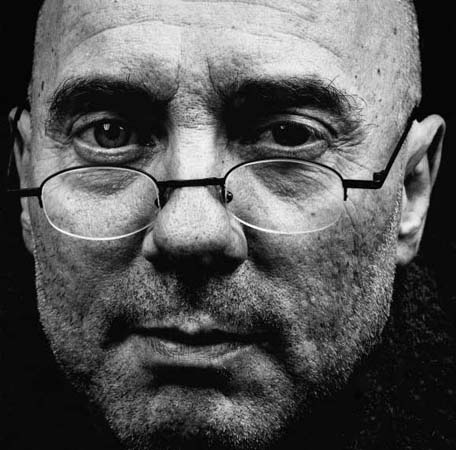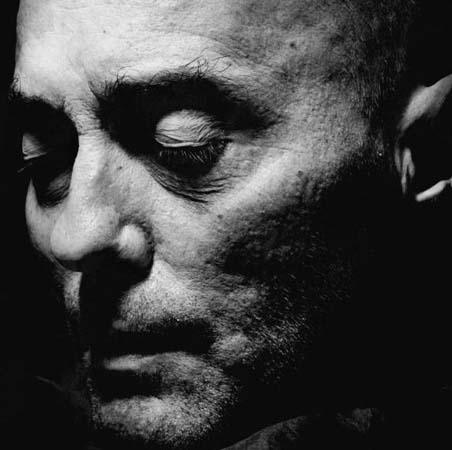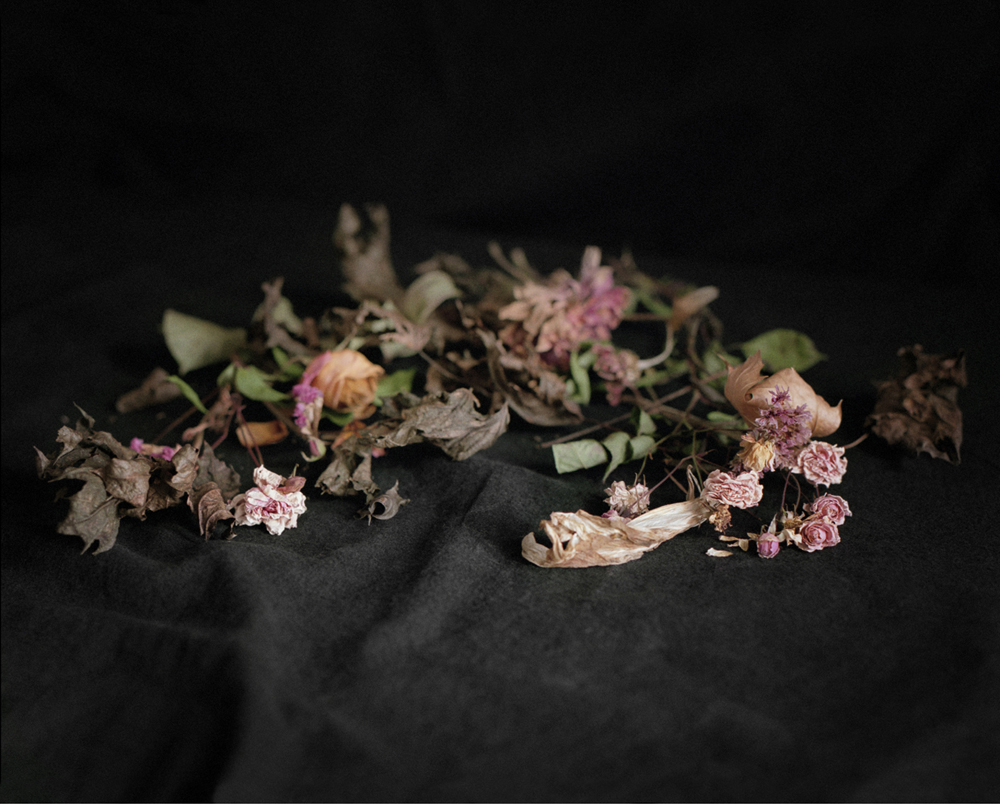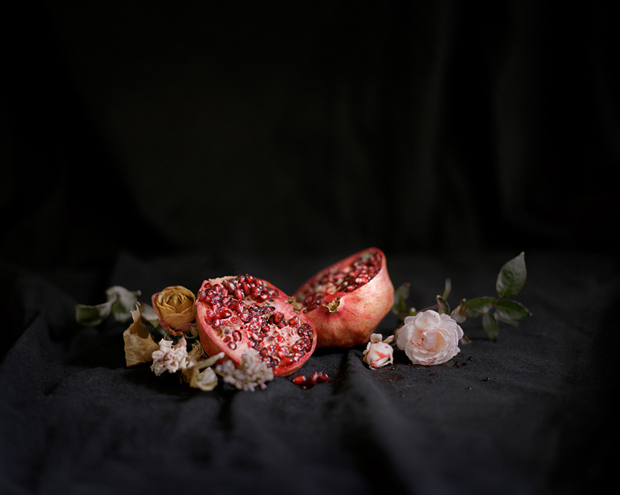Preparation
In preparation for the crits next week you will need to research International Photography Festivals and a number of seminal photography exhibitions
Derby-format
FORMAT International Photography Festival was established in 2004.
Today it is one of the UK's leading international contemporary festivals of photography and related media. FORMAT organises a year round programme of international commissions, open calls, residencies, conferences and collaborations in the UK and Internationally. Photography and all its expanded fields. Our programmes feature everything from major conceptual works, participative projects, documentary and all that falls between categorisations, from the mobile phone to the archive. FORMAT is the place to engage with an incredible range of new work together alongside some of the best-known practitioners in the world. FORMAT is focused on developing opportunities for audiences to see, debate, develop, contribute and participate in the best of what photography is and can be, with comprehensive professional practice programmes and a yearly International Photography Portfolio Review.
Brighton Biennale
Brighton Photo Biennial, the UK’s largest international photography festival, returns for its sixth edition in 2014. Designed to inspire, challenge and celebrate the most democratic medium of our age, BPB 2014 takes place online and in public spaces, galleries and pop-up venues across Brighton & Hove and beyond, involving more than 45 photographers and collaborators all bound by a common approach.Featuring re-discovered archives premièring new commissions, BPB 2014 addresses the role of photography across genres and includes established and emerging talent, across communities and continents. Photography is explored as prints, projections, pixels and pages.The festival is produced by Photoworks, an organisation dedicated to enabling participation in photography. Our programme includes commissions, publishing and participation. In collaboration with our partners, Photoworks connects outstanding artists with audiences and champions talent and ambition.
Recontre de Arles
this festival is to photography what Cannes is to cinema. Les
Rencontres d'Arles offer a programme of eclectic and contemporary art: one week full of events and two months of exhibitions throughout the city. Arles thus stands out both in France and the world over.
he first photography festival in the world, born in 1969 and founded by the Arles
photographer Lucien Clergue, Arles influence is felt throughout France and the world.
Houston Foto Festival
The FotoFest 2016 Biennial, the Sixteenth International Biennial of Photography and Photo-related Arts, takes place
March 12 – April 24, 2016, in Houston, Texas. The FotoFest Biennials draw over 250,000 visitors during the course of
their six-week run. They attract visitors and participants from over 35 countries. They are one of the world’s longest running,
largest, and most respected international photographic art events.
Across the globe, millions of people are acting on the crises affecting the sustainability of life as we know it on this
planet.
Cruel + Tender
The real in the twentieth century photograph
5 June – 7 September 2003
‘Tender cruelty’ is how the writer Lincoln Kirstein described the work of American photographer Walker Evans in the 1930s. Evans’s images were spare and factual, but his interest in the subject matter was always evident. Evans, along with German photographer
August Sander, provides the historical axes for this exhibition, which explores the realist tradition within twentieth-century photography. The photographers chosen are united by this sense of ‘tender cruelty’, an oscillation between engagement and estrangement in their work.
Besides sharing a realist style, the photographers in Cruel and Tender take a similar approach to their subject matter, however diverse its nature. Rather than the dramatised scenarios of some types of photo-journalism, the tendency in Cruel and Tender is towards the quiet documentation of overlooked aspects of our world, whether architecture, objects, places or people. In the words of Philip-Lorca diCorcia, it is an ambition to record ‘that which was never really hidden.
New Topographics
Photographs of a Man-Altered Landscape’ has transcended the original 1975 exhibition at the George Eastman House in Rochester, New York, the most important aspect of the show – which featured ten photographers who took the American landscape and its built environment as their subject LACMA’s restaging of the exhibition, which will travel to eight venues in varying incarnations, signalled an attempt to fully extract the original work from what is often referred to as the ‘photo-ghetto’ and to historicize it in the lineage of art.
Still, restaging an exhibition in a slightly varied version of its original form in order to update its legacy is not an obvious curatorial move. This reprise, in particular, seemed to arrive neither too early nor too late. The LACMA version attempted to reframe the work of the ten photographers by demonstrating how their interest in the deadpan documentation of vernacular architecture coincided with that of Conceptual artists. Contextual material included a vitrine containing a smattering of Ed Ruscha’s publications, colour photocopies of Dan Graham’s ‘Homes for America’ (1966) and Robert Smithson’s ‘Monuments to Passaic’ (1967). As tempting as it is to call these urges contemporaneous, most of the ‘New Topographics’ work was made between six and eight years later, during what Jimmy Carter referred to as the ‘national malaise’ of the 1970s. The lineage of these photographers was much more closely linked to photographers such as Walker Evans and Robert Frank, and their evaluations of the American landscape in what Evans termed ‘documentary style’.













